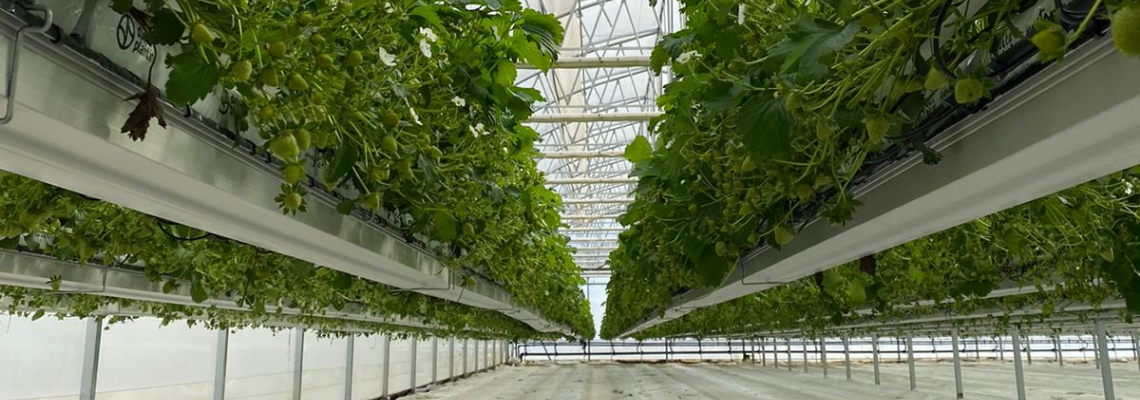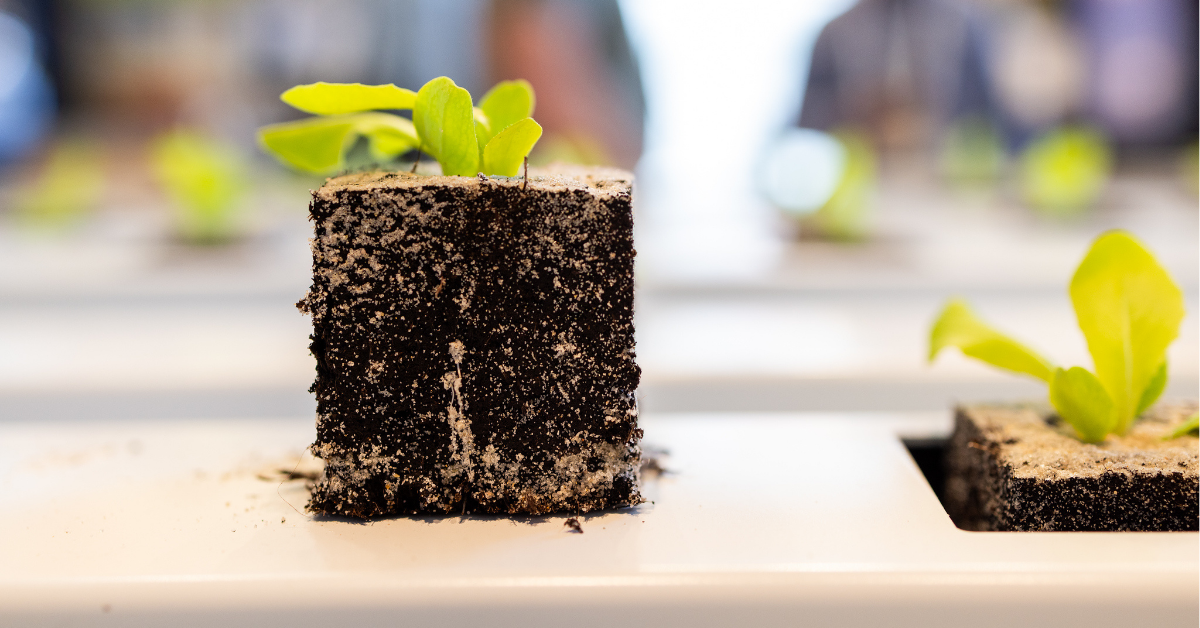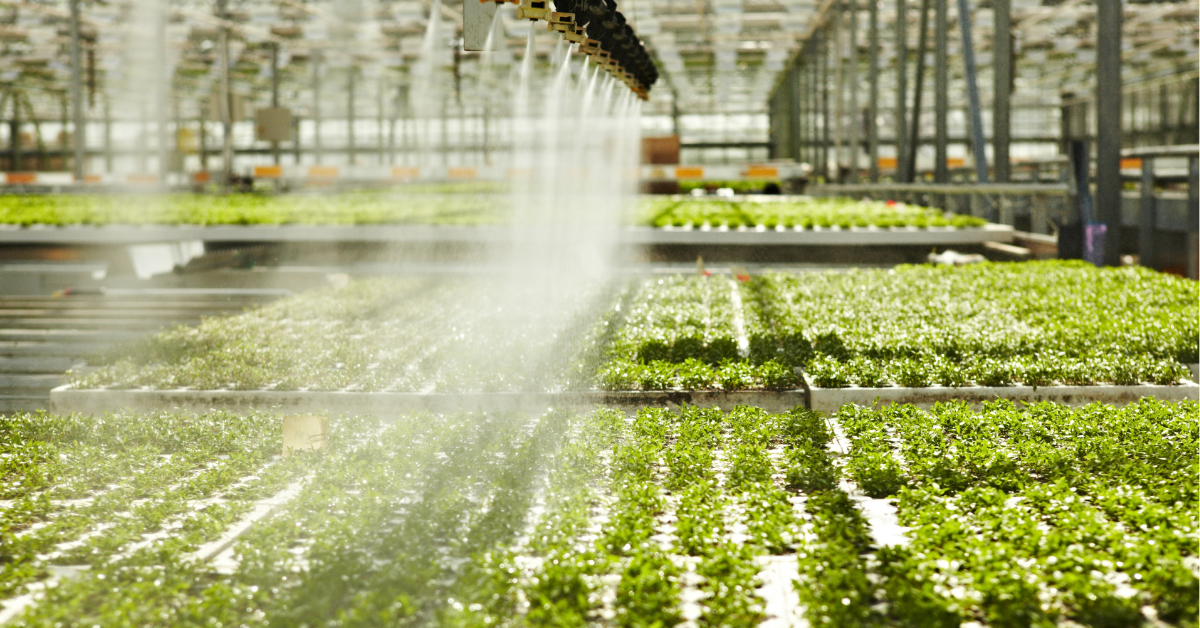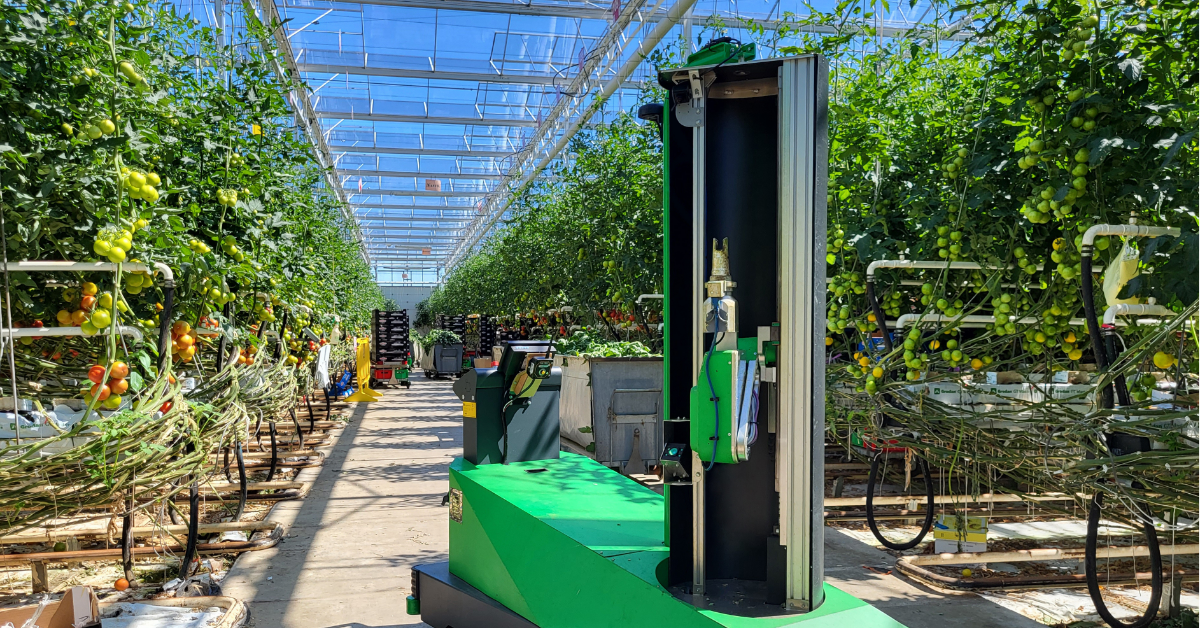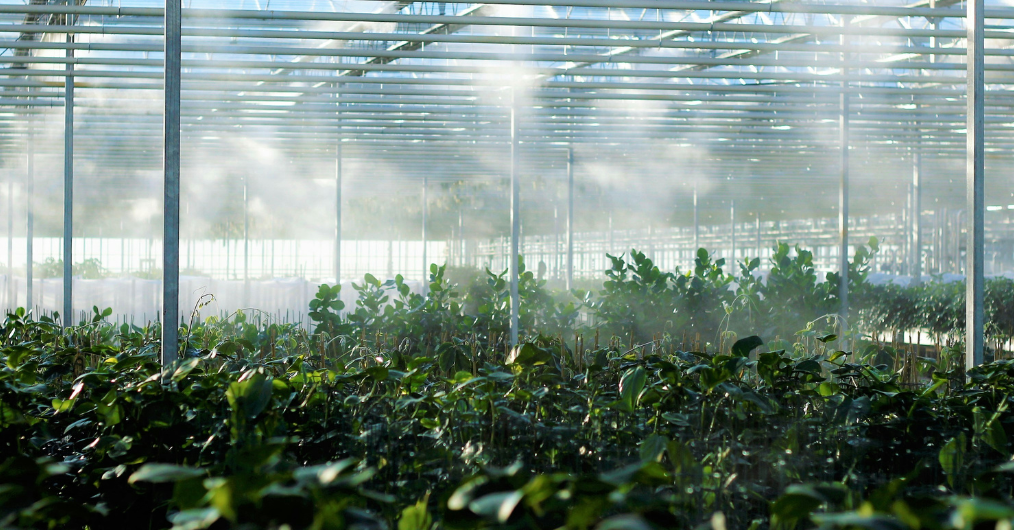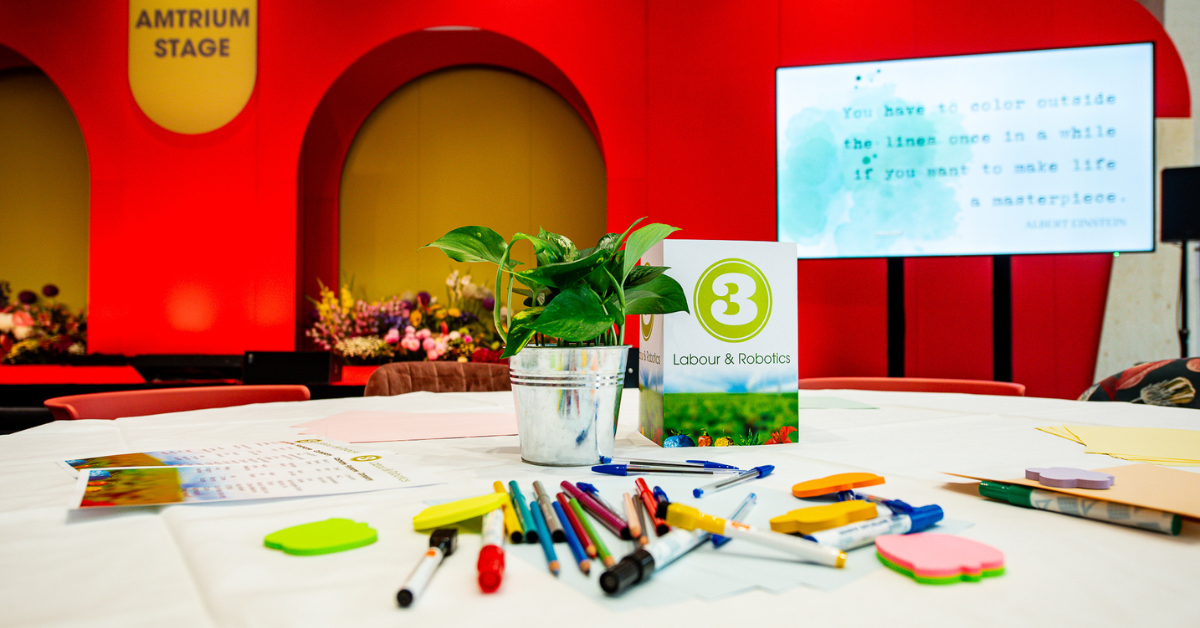More technology to help obtain the best returns
 Author: Jacco Strating
Author: Jacco StratingThe demand for healthy and tasty products is growing, also in North America. But over there, they also want these products to be in a controlled environment, with strict safety standards, good production practices and certifications. Technology must respond to these trends and needs, says Fued Alle Arechavaleta, Director of Hydroponic Systems Mexico, in order to grow better, more productive, and more profitable crops. Hydroponic Systems has its headquarters in Spain, but its subsidiary in Mexico serves the American market. The company is specialized in designing and developing systems for hydroponic crops and has continuously invested in research and innovation, building strategic alliances with technological development centers in different countries. Hydroponic Systems has already installed projects in more than 30 different countries.
Aeration to the roots
The systems of Hydroponic Systems have, as a main feature, that they are crowned with a Spacer that is always a fundamental part in them. Thanks to the incorporation of Spacers, hydroponic systems provide aeration to the roots, promoting greater oxygenation and eliminating the accumulation of moisture under the substrate. This way, the roots of the crops grow healthier and stronger, root diseases are greatly reduced, and with all this, better yields are achieved, in quantity and quality, throughout the production cycle.
‘’Hydroponic Systems' gutter systems were initially used in vegetable crops, such as tomato, pepper and cucumber, but they were also incorporated into the production of other crops, such as berries, always looking for the benefits provided by the Spacers”, says director Fued Alle Arechavaleta of Hydroponic Systems Mexico.
In recent years, there has been a growing interest in the production of crops such as berries, blueberries, blackberries, raspberries, and strawberries. “This has been a result of a greater interest of consumers who are looking to eat better every time, knowing that berries, and red fruits in general, are of high nutritional value’’, Fued Alle explains. “And then, they look for products that they know are produced in controlled environments, with strict safety standards, good production practices, and certifications. Hydroponic products are a very good alternative for this.”
Strict rules
Therefore, more and more protected crops are installed for the production of berries in different countries. “North America is no exception, and even more when you have the market of the United States and Canada that are large consumers, but also have very strict rules that products must comply with to reach those markets. Technology must respond to all these trends and all these needs, to help, together with the experience of producers, to have better, more productive, and more profitable crops.”
For most berries, the tendency is to produce them in protected environments. “Mainly macro tunnels, with good hydroponic cultivation systems, and precise fertigation systems, to facilitate nutrition and proper crop management. On the other hand, for strawberries, the tendency is to use technified greenhouses, since it is a crop that requires greater care, but is also better paid by the market. The challenge here is that greenhouses for strawberry production have to be profitable, so a level of production must be achieved that manages to pay for the investment. It is here that technology plays a very important role.”
Increase of cultivation lines
Currently, systems are being developed for hydroponic strawberry cultivation that allow better yields to be obtained, trying to have higher plant density per square meter, and also making the plants more productive, Fued Alle says. “The intention is that the largest number of cultivation lines can be placed per greenhouse bay, and this is where mobile systems have emerged that allow to increase the number of cultivation lines, while also allowing to properly carry out the cultivation labor. There are oscillating systems, which allow to move the cultivation gutters to one side and to the other, to expand the corridors between lines when needed. There are also lifting systems, which allow the cultivation gutters to go up and down. Also, to expand the corridors and that the cultivation labor can be carried out. With the use of these mobile systems, strawberry cultivation lines can be increased within a greenhouse, from 40% to 60%, with the corresponding increase in production, because there are more strawberry plants per square meter, but also because the plants have a higher yield.”
Of course, in the midst of all this development and technological innovation, research is being done on the development of new and better varieties of seeds for berries in general, and for strawberries in particular, to better adapt to the different climatic conditions and production environments. “And in addition to all the above, the experience for the cultivation and management of the different varieties of berries and strawberries every day, is greater. So, adding all the factors mentioned, what we can expect in the coming years is that there is an increasing area destined to the production of all these products, and that more technology is incorporated to help obtain the best returns.”
There are already some automated harvesting machines for harvesting berries and strawberries, and even some robots for this as well. “And without a doubt, in the coming years, we will witness the substantial growth of this industry, and the development of new technological products and systems”, Fued Alle concludes.
Share your horticulture technology stories with us
Do you have an innovation, research results or an other interesting topic you would like to share with the international horticulture technology industry? The GreenTech website and social media channels are a great platform to showcase your stories!
Please contact our Brand Marketing Manager Murkje Koopmans.
Are you an GreenTech exhibitor?
Make sure you add your latest press releases to your Company Profile in the Exhibitor Portal for free exposure.
